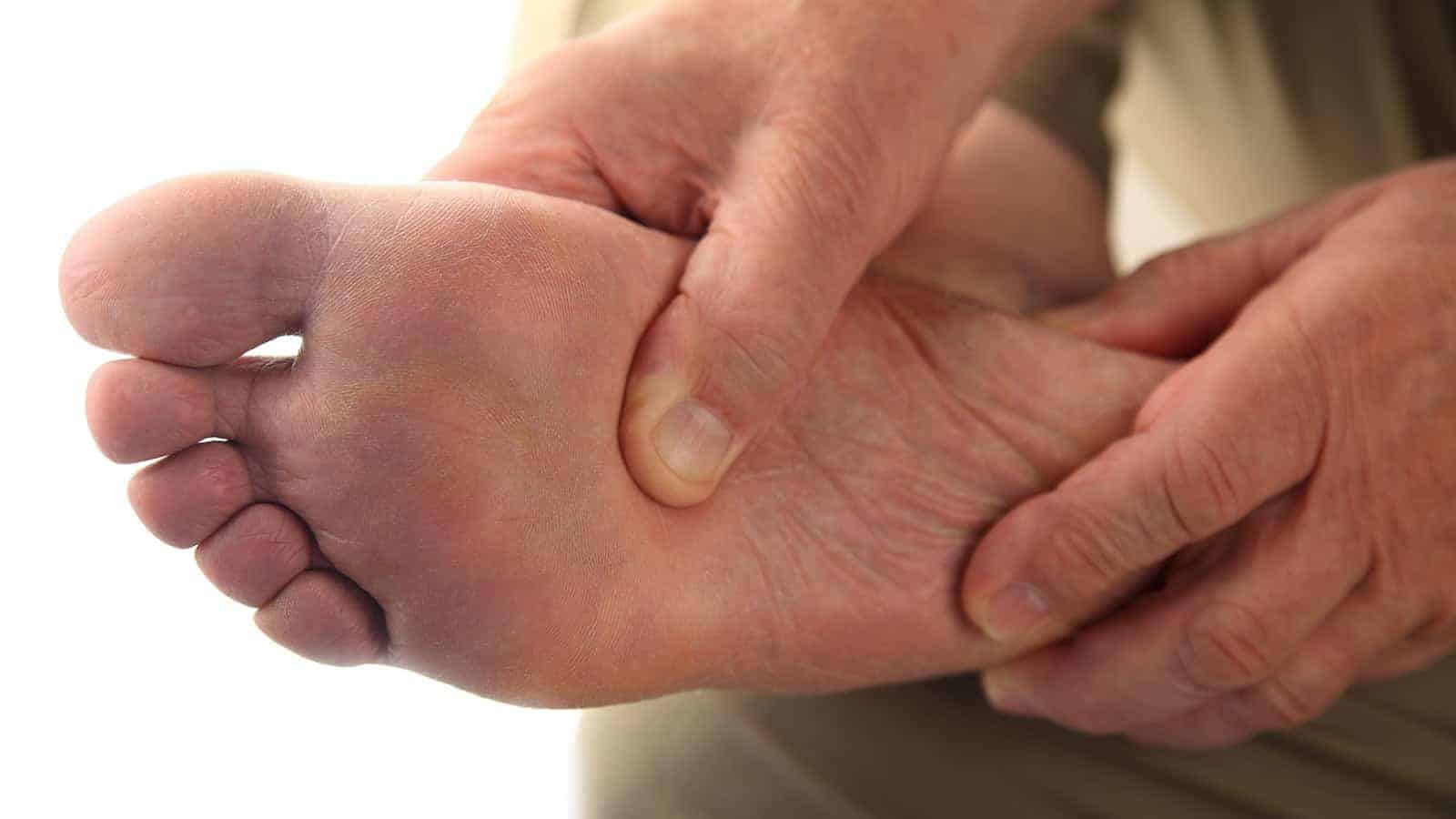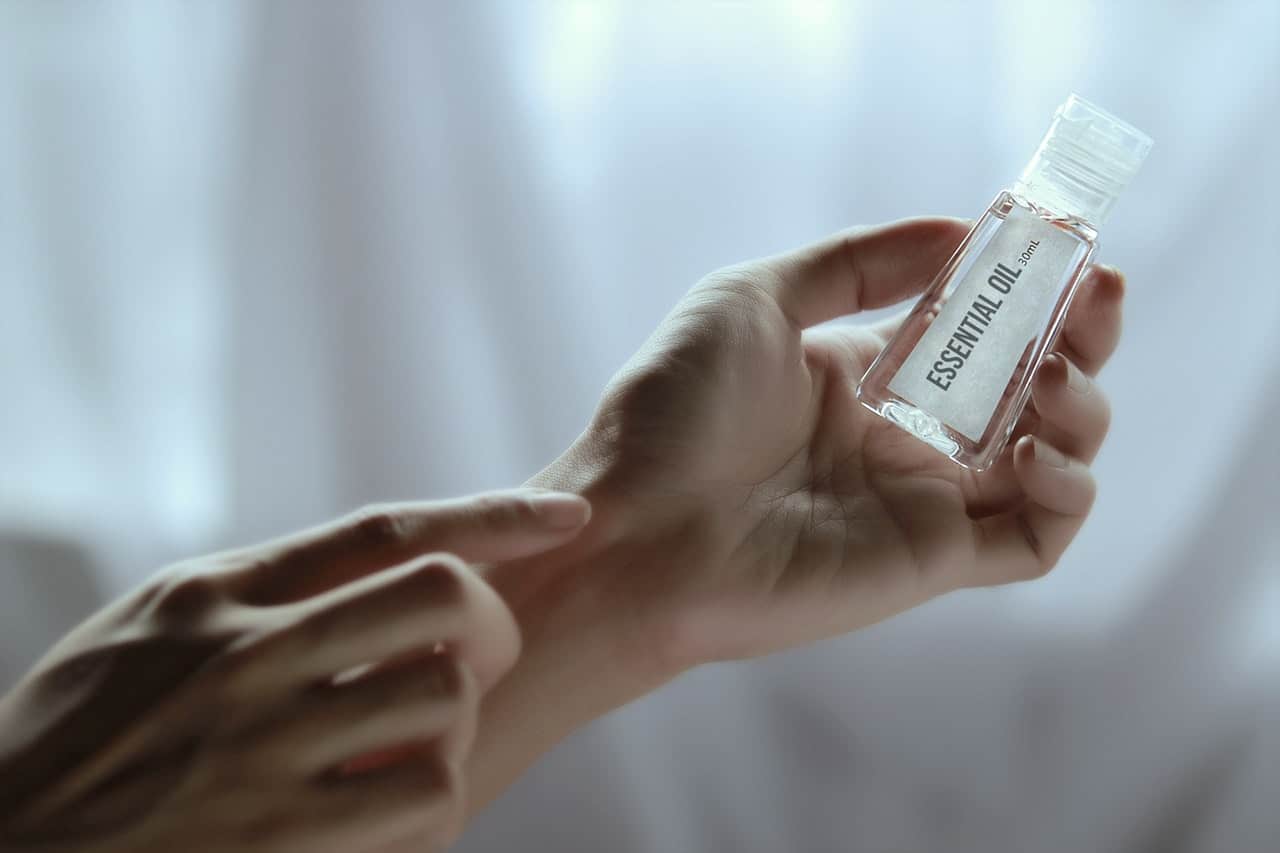Your feet carry you throughout the day. Aches and pains might appear normal after a long day at work, exercise, or play. Foot pain isn’t always normal though. It could be the sign of another condition you’re overlooking.
Understanding Your Foot
The foot is a marvelous part of your body. Your foot contains 26 bones, 18 ligaments, 40 tendons, 20 muscles, over 200,000 nerve receptors, and 30 joints. Double those numbers to account for both of your feet.
Pain can be on the surface or radiate from deep within. Your pain can be linear, meaning occurring on both feet at once. It could also only affect one foot.
Daily wear and tear alone can cause aches and conditions, such as blisters, corns, and bunions, which increase the pain you feel. However, pain in your feet can also signal an underlying condition.
Top 10 Symptoms of Foot Pain
Your symptoms might vary depending on the cause. Some complaints are worth contacting your doctor for evaluation, but many of these you can treat at home.
1. Swelling, including toes and ankle
2. Tingling sensation
3. Numbness
4. Sharp, shooting pain
5. Dull ache
6. Blisters, warts, eczema, rash, or broken skin
7. Cramping
8. Sensation of an object lodged in your foot
9. Inflamed skin
10. Tightness when flexing the foot
10 Causes and Treatments for Foot Pain
1. Ill-fitting Footwear and High-heeled Shoes
Second to wear and tear for causing pain is wearing the wrong footwear for your feet. They might be the wrong size, width, or style for your feet. This leads to pain after short or prolonged wear.
Symptoms
• Blisters
• Pinching of the toes
• Pain anywhere on the foot, toes, and ankle
Treatment:
• If you have blisters, keep them clean and let them heal.
• Soak sore feet in warm water, Epsom salts, and 10-20 drops essential oil.
• Ditch the shoes.
You cannot alter the majority of shoes aside from using inserts, which could help if the issue is arch support. However, you cannot make shoes that are too small or large fit your feet better. Don’t believe a slightly tight shoe will expand with wear. The material and stitching on a shoe determine the stretch.
Be sure to have your foot professionally measured when possible. Try on shoes before leaving the store. Don’t wear the same shoes every single day.
2. Extensor Tendinitis
These tendons help your feet flex, so an injury to one can lead you with a tightness and pain that develops over time. A major cause of extensor tendonitis is prolonged periods on your feet. The second cause is wearing tight shoes.
Symptoms:
• Pain on the top of your foot that worsens with use
• Stiffness
• Weakness
Treatment
• Rest
• Ice therapy
• Stretching exercises, such as calve stretches
• Foot massage with pain relieving essential oils, like eucalyptus or lemongrass (1)
Severe cases might require physical therapy, steroid injection, and over-the-counter pain relief medications. Don’t forget, you can try alternatives to pain medication too. Speak with your doctor if remedies don’t bring you relief.
3. Foot Injury
Common foot injuries include:
• Broken bone
• Sprain
• Strain
• Stress fracture
You will need to visit your doctor for a correct diagnosis. Unless you have a compound fracture, you might be unaware if you’ve experienced a broken bone or fracture. Your doctor will likely order an x-ray to rule one out, as treating a break requires special treatment different from a sprain or strain.
Symptoms:
• Swelling
• Pain when the foot flexes
• Pain when you apply pressure
• General shooting pain
• Throbbing
• Redness
Treatment:
Your treatment will vary depending on the cause.
• Casting for breaks might be necessary to mobilize your joints and allow your break to mend
• Physical therapy
• At-home stretches and strengthening exercises
• Wrapping with an ACE bandage
• Ice therapy
• Rest with elevation
Sprains, strains, and breaks can take weeks or months to properly heal. Rushing your recovery will likely lead to re-injury or worse. In severe cases, you might require surgery too.
4. Arthritis
Types of Arthritis that Cause Foot-related Pain (3):
• Osteoarthritis
• Rheumatoid arthritis (RA)
• Septic arthritis
• Psoriatic arthritis
• Gout (4)
Different types of arthritis affect your feet differently. You’re already at risk for foot related pain if you’ve been diagnosed with arthritis. For many, this could be the first symptom that leads to their diagnosis, so it’s important not to ignore it.
Symptoms
• Pain at varied degrees
• Stiffness
• Weakness
• Nodules
• Swelling of the toes or ankle
Treatments:
• Rest with elevation for swelling
• Foot rubs with pain relieving essential oils
• Foot soaks
• Ice or heat therapy
Prevention is the best medicine if you have arthritis, but you can’t stop all pain. Take care of your feet. Rest them and pamper your tootsies whenever possible.
5. Flat Feet
Roughly 25% of adults have flat feet or fallen arches. Three subtypes of the condition further explain why the feet are flat: flexible flat foot, short Achilles tendons, and post tibial tendon dysfunction. The latter might affect one or both feet. (5)
Some conditions can cause flat feet too, such as muscular dystrophy, obesity, and diabetes. It’s also hereditary.
Symptoms:
• Pain after walking or standing
• Calluses
• Stiffness
• Numbness
• Pain in lower legs and/or ankles
Treatment:
• Orthotic inserts
• Foot massage and soaks
• Weight loss if possible
• Surgery in some cases
Over-the-counter medications can alleviate pain, swelling, and stiffness if remedies don’t work. Orthotic inserts generally help most teens and adults with flat feet. However, you’ll have to visit a professional to have them designed for your feet; OTC inserts seldom help and can worsen pain.
6. Plantar Fasciitis
Your plantar fascia is ligament in your foot. It’s responsible for supporting your arch and assists you as you walk, jog, or run. It takes a beating from everyday use. Pain can occur in one or both feet.
Obesity is a leading risk factor for plantar fasciitis. Long distance runnings and jobs that demand you remain on your feet constantly can lead to it. Pregnancy can also cause the condition, which generally clears after delivery.
Symptoms
• Dull to sharp pain on the mid-bottom of your foot
• Might be worse in the morning or after sitting for prolonged periods
• Might flare after physical exertion but not during
• Burning sensation
Treatment
• Ice therapy
• Arch supports
• Stretching exercises and/or physical therapy (6)
• Braces
• Pain relieving essential oil massage or foot soak
• OTC anti-inflammatory medication
• Surgery is rare
7. Peripheral Neuropathy
Some conditions can put you at greater risk for peripheral neuropathy, which affects the nervous system. Pain, discomfort, or numbness can present in multiple areas because it’s not centralized to your feet. However, your feet are a common place where symptoms begin. (7)
Symptoms
• Tingling
• Tightness around the foot when wearing nothing
• Stabbing, sharp pain in your feet
• Numbness in your feet and toes
• Excessive sweating
• Difficulty digesting food
• Constipation or diarrhea
• Lowered blood pressure
Treatment
• Address the underlying condition
• Braces
• Orthopedic shoes
• Prescription medications
• Topical creams containing capsaicin from hot peppers
• Dietary supplements, such as vitamin E, B complex, and omega-3 fatty acids (8)
Diabetic-related Peripheral Neuropathy
Diabetics should never ignore abnormalities with their feet. You should seek diagnosis and foot pain treatment methods through your doctor.
8. Metatarsalgia
This painful inflammation affects the balls of your feet. Its name comes from the five bones connected to your toes or the metatarsal bones. If you partake in running or sports that require jumping, you might be at risk.
However, regularly wearing ill-fitting shoes, high-heels, arthritis, and foot abnormalities can also cause it.
Symptoms
• Feels like you have something in your shoe
• Burning sensation at the ball of your foot
• Tingling or numbness in your toes
• Bunions
• Symptoms worsen with running, standing, being barefoot, or high-impact sports
Treatment
• Rest
• Ice therapy
• Elevation
• Foot soaks
• Foot rub
• Changing footwear
• Using custom shoes or inserts
9. Morton’s Neuroma
This sometimes-painful condition occurs on the balls of your feet. However, you can have the condition and experience intermittent to no pain like the participants in this study from 2000.
The most common causes are tight-fitting shoes and high heels that affect or change the pressure point of the nerves in your feet. A third cause is having an abnormal gait. Sometimes you will have another foot-related condition, such as flat feet or high arches.
Symptoms
• Burning sensation with or without pain
• Numb or tingling toes
• Difficulty walking
Treatment
• Reevaluating your footwear’s size, width, and heel height
• Physical therapy
• Foot massages
• Ice therapy
• Rest
• Stretching exercises
10. Athlete’s Foot
Athlete’s foot is a common fungus that can cause pain and irritation on the soles and sides of your feet as well as your toes. It is highly contagious too, so it’s important to treat it as soon as possible.
Athletes are at a greater risk for contracting it, but other factors include having sweaty feet, wear tight shoes, and if you are frequently visiting places infections can easily spread like pools, locker rooms, gyms, and shared showering facilities.
Symptoms
• Itching
• Burning
• Cracking or peeling skin
• Dry skin
Treatment
• OTC antifungal creams
• Steroid creams
• Vinegar foot soak
• Tea tree essential oil
Preventing athlete’s foot is your best defense.
8 Essential Oils for Foot Pain
• Lemongrass
• Eucalyptus
• Clove
• Lavender
• Rose geranium
• Wintergreen
• Ginger
• Juniper
Foot Soak Recipe
• 10-20 drops of essential oil
• 1/2 cup to 1 cup Epsom salts or vinegar, optional
• Basin for soaking
• Warm to hot water for soaking*
The recipe is a good base for many foot-related remedies, including calluses, bunions, and general aching. Simply combine all your ingredients in a basin, and mix until dissolved if using Epsom salts.
*If you have dry feet, use warm or cool water for your foot pain treatment. Hot water can dry out your skin more.
Foot Massage Oil Recipe
Don’t use on broken skin without the consent or advisement of your doctor.
• 3 drops of essential oil
• 1 tablespoon of carrier oil of choice
Directions:
1. Mix in palm
2. Rub into affected area
You can also try advanced massage techniques or reflexology as part of your foot pain treatment.
Final Thoughts of Foot Pain
Our feet take a beating from normal daily activities. Injuries, medical conditions, and our footwear choices can cause further harm. Foot pain might be normal, but it’s not always the case.
If you believe you have any of these 10 conditions, you should visit your doctor. They will be able to diagnosis or refer you to a specialist.
Remember, if you’re a diabetic, you should contact your doctor as soon as foot related symptoms arise for a proper diagnosis and course of treatment.
Use the recipes and foot pain treatment ideas provided here to pamper your tired, achy feet any time you need a little extra TLC.


















